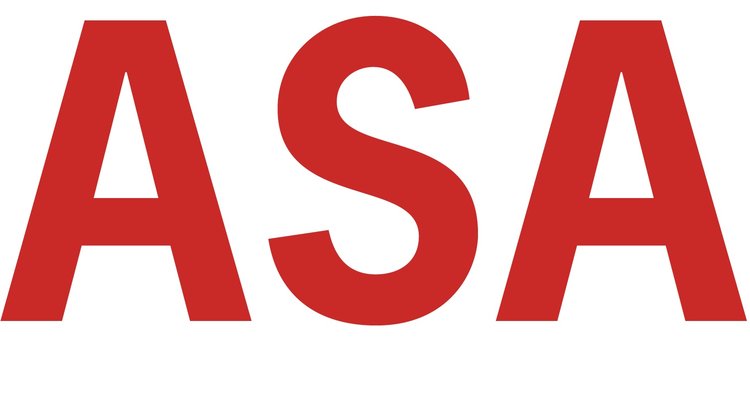Kyle Simpson discusses the operational risks of Arrayent, an Internet of Things (IoT) cloud service company that manages dozens of large companies including Whirlpool, Maytag, Liftmaster, and Febreeze. This paper examines these potential risks, and then makes recommendations for risk mitigation and best practices.
Read MoreResearch Notes — 2017
Risks Associated with “Bring Your Own Device” in a Government Agency (BYOD)
Beth Hutchens explores the practice of “bring your own device” (BYOD), specifically within the public sector. Permitting employees to use their personal technological devices (such as smartphones, laptop computers, and tablet PCs) has been an increasingly popular option within organizations. However, there are significant risks associated with the practice, including legal liability, regulatory scrutiny, data exposure, increased costs and expenses, and potential brand and reputation damage.
Read MoreAn Open Letter to Librarians: Ethical Imperatives in Post-truth America
Alexander George discusses the growing challenge that librarians face due to inaccurate, misleading, and flat-out false news (“fake news”), which is also creating new issues for our democratic societies in the age of 24-hour, instantly accessible, and always-changing news. The author explores the question of a librarian’s ethical responsibilities related to fake news, and the implications for our society.
Read MoreSmart Homes: Evaluating Risks and Being Smart in the SmartHome Revolution
Mikhail Savvateev discusses the emerging risks associated with the “Smart Home” technological advances that are becoming increasingly ubiquitous across the human experience. The author examines how these new technologies have created new security and other technological system risks, and provides some suggestions for industry participants.
Read MoreShadow IT and Organizational Risks
Nicholas Montgomery discusses the rising prevalence of and risks associate with shadow IT - the use of unauthorized devices, software, and services - on organizations. After examining these risks, the author goes on to identify recommendations to help prevent shadow IT and allow organizations to enable business units to be able to make smarter purchases.
Read MorePrivacy and Security: The Largest Data Breach in the History of the Internet
Dominik Żmuda discusses the risks and fallout associated with Yahoo announcing in September 2016 that in late 2014, data associated with more than 500 million user accounts had been stolen. Virtually all possible events associated with risk exposure arose from the biggest data breach in the history of the Internet.
Read MoreUber Recovery
Joe Pollock discusses how Uber’s success in disrupting the transportation industry has not prevented the decay of the company’s internal culture and resulting risks to its future success. The author examines how an enterprise risk management plan could be developed by utilizing the COSO framework. Uber will need to implement immediate, drastic, and widespread changes to shift the direction of the company’s future.
Read MoreDelta Airline’s Power Outage Risk Analysis
Sukhman Tiwana discusses the power outage that sent shockwaves through Delta Airline’s operations in August 2016 for multiple days, resulting in significant financial and reputational losses. The crisis revealed some underlying system and operational weaknesses. The author examines some of the potential steps Delta can take to reduce risks and improve future operations.
Read MoreOrganizational Risk of Bring Your Own Devices (BYOD)
Evan Cottingham discusses the rapidly evolving, business-critical issue of “Bring Your Own Device” (BYOD) programs, and the considerations and risks applicable across organizations in all sectors. While the benefits of BYOD programs are clear, the associated risks are clearly documented as well, and must be taken into consideration by any organization considering implementing or with an existing BYOD program.
Read MoreUnderstanding the Risks in the Indian Automobile Manufacturing Sector
Jyotsna Saxena discusses the history and current environment of the automobile-manufacturing sector in India. The analysis begins by providing the historical and cultural context necessary for identifying and understanding the key risks to the sector in both the public and private sectors. Building upon this knowledge, the author explores some of the potential solutions aimed at improving both domestic and international confidence in this key sector, which is a dominant contributor to the country’s economic output.
Read MoreCell Site Location Information And Fourth Amendment Protection
Brian Stanley delves into an in-depth look at implications of government access to and use of cell site location information (CSLI), and the implication for citizens' fourth amendment protection. In 2017, the U.S. Supreme Court will review of Carpenter vs. United States, which argues that CSLI should be protected under the Fourth Amendment.
Read MoreThe Harmonious Blend of Policy and Technology: The Need for an IoT Compliance Framework
Andy Herman discusses the rising concerns associated with the Internet of Things, and the lack of a comprehensive cybersecurity compliance framework. The rising number of internet-connected devices has created increasing number of cybersecurity risks, as network of devices are hijacked for malicious purposes.
Read MorePaying for a Rundown U.S. Surface Transportation System
Ermenejildo 'Meadow' Rodriguez Jr. discusses the looming financial difficulties facing the U.S. transportation sector, and the glaring lack of a long-term plan to pay for damaged or dilapidated roads, highways, bridges, and tunnels. The paper looks at the risks associated with the U.S. surface transportation system, and financing its improvement within the public and private realms.
Read MoreEnergy Sector Risk Assessment
Colin Andrade identifies and discusses the key risks the U.S. government and private energy-related corporations face within the Energy Sector. Specifically, the author examines the current risk strategies and controls within the Energy Sector, and then concludes with recommendations about how key stakeholders can improve resiliency.
Read MoreDevelopment and Technology: How Does the Right to Information and the Spread of ICT Affect Global Society?
Keith Snodgrass discusses how the framing of the United Nation’s eight Millennium Development Goal, particularly within the context of information and communications technology. The author examines some potential shortcomings of some of these approaches, and how pursuit of these development goals fits within wider efforts to achieve economic development in the poorer parts of the world.
Read More